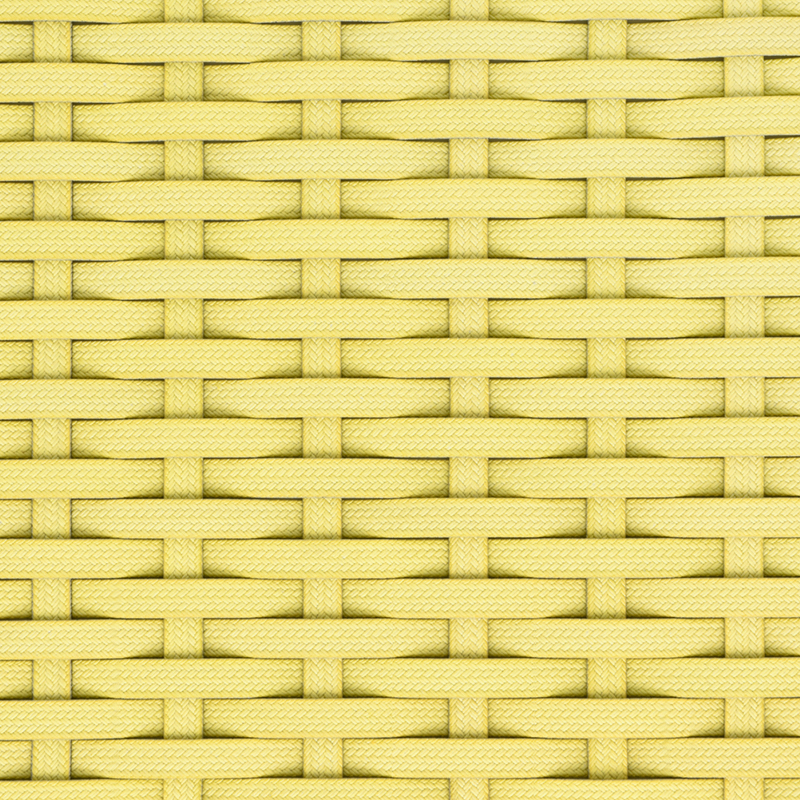While both PE and PU rattan have their advantages, they cater to different needs. PE rattan1 is ideal for outdoor furniture due to its higher UV resistance and weather durability. It’s better suited for long-term exposure to sunlight, rain, and extreme temperatures. On the other hand, PU rattan2 is often softer and more pliable, which makes it great for crafting intricate designs but doesn’t stand up as well to the elements. Here’s a deeper look into their key differences:
Manufacturing PE rattan does require energy, and the production process3 process[^4] process [^5]
may emit greenhouse gases. However, many manufacturers are now using more energy-efficient techniques to reduce the carbon footprint. In comparison to traditional rattan, which requires deforestation for harvest, PE rattan provides a sustainable alternative, as it is produced without harming natural forests.


print.jpg)
2-1.png)